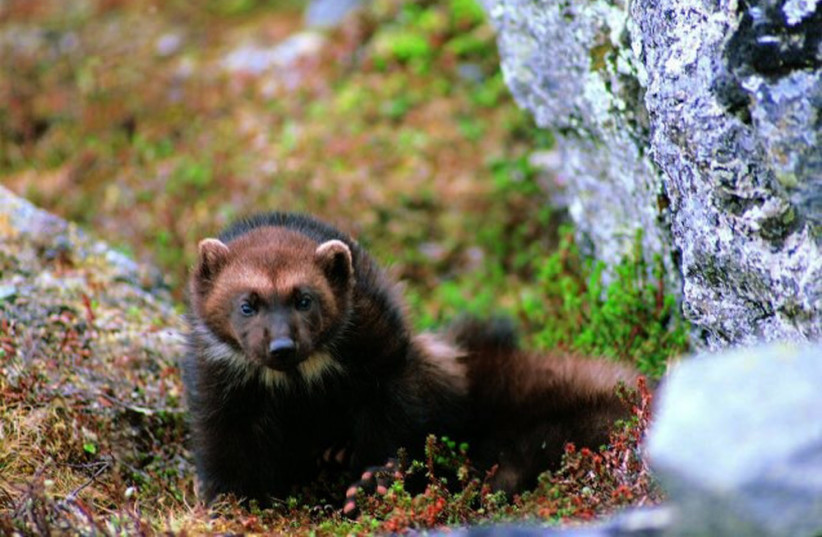A wolverine was spotted by two people fishing on the Columbia River near Portland, Oregon, on Monday, in the first recorded wolverine sighting outside of the Wallowa Mountains in more than three decades, according to the Oregon Department of Fish and Wildlife (ODFW).
The people who spotted the animal shared photos of it with the Fish and Wildlife Department and Cascadia Wild, a nonprofit that conducts community science wildlife surveys for wolverines on Mt. Hood.
State wildlife biologists on Tuesday visited the site where the wolverine was spotted and discovered a set of tracks.
“We really appreciate the people who reported this rare occurrence and Cascadia Wild who helped us confirm the report and begin monitoring efforts.”
Dave Keiter, ODFW District Wildlife Biologist
"Given the proximity to Portland, we were very surprised when this report came in and elated when we were able to verify the sighting,” said Dave Keiter, District Wildlife Biologist at ODFW. “We really appreciate the people who reported this rare occurrence and Cascadia Wild who helped us confirm the report and begin monitoring efforts.”
ODFW and Cascadia Wild set up two monitoring stations that included a motion-detecting camera and a hair-collecting device baited with a powerful attractant.

The cameras will be used to confirm whether or not the wolverine is still in the area. If the animal leaves a DNA sample on the hair-collecting device, the researchers may be able to identify the individual if a sample was taken from it at another location and determine its origin through population genetics.
Volunteers from Cascadia Wild found two feces samples that could be tested for individual identification.
Geographical distribution of wolverines
Wolverines are widely distributed in Canada and Alaska and there are smaller populations in Oregon, Montana, Idaho, Wyoming and Washington. They are commonly found at high elevations within the southern range of their geographical distribution.
The wolverine is probably long gone, as they can travel over 30 miles per day.
“Some of the best information on wildlife can come from regular people who are paying attention to what they see,” said Cascadia Wild wolverine tracking coordinator Teri Lysak. “Many thanks to the couple who saw this animal and took the time to share it with us.”
Before the confirmed sighting, the most recent observation of a wolverine in the state was in 2022 in Wallowa County.
In a massive survey encompassing seven states, ODFW monitored 20 bait stations in the fall and winter of 2021-2022, mainly in the Cascades and northeast Oregon. Only one station in northeast Oregon detected a wolverine. Based on photos of healed injuries to a front foot and unique coloration on the animal's chest, it was identified as an adult male that has been observed in the area since 2011.
